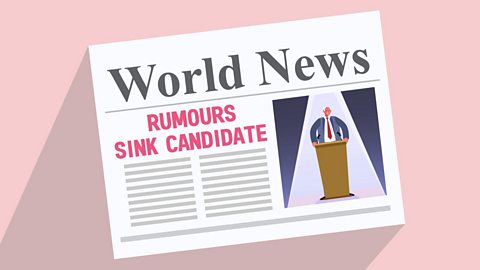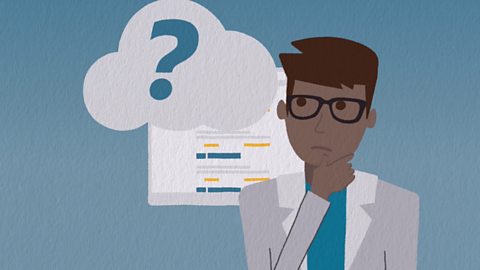This collection of classroom resources can be used to support secondary school teaching around digital literacy and fake news.
These resources might be used as part of Safer Internet Day, to help educate pupils on using technology safely, respectfully and responsibly.
łÉČËżěĘÖ Bitesize - Fact or Fake? collection
These resources from łÉČËżěĘÖ Bitesize aim to help 11-16 year-olds spot and stop fake news.

Digital Literacy: Fake news. video
Aimed at 14-16 year-olds, this short film explores the phenomenon of fake news and outlines why it is important to be able to distinguish it from real news.

Making the News: How fake news is presented. video
In this short film for 11-14 year-olds, łÉČËżěĘÖ reporter Tina Daheley looks at the way fake news is presented and examines how far we can trust online news stories.

How did Britain use fake news in World War Two? video
In this short film for secondary students, Larry Lamb investigates the use of fake news by Britain during World War Two.

łÉČËżěĘÖ Young Reporter - Recognising fake news. collection
Suitable for 11-18 year-olds, this collection of classroom resources from łÉČËżěĘÖ Young Reporter will help students differentiate between what is real and what is fake.

Fake news and clickbait. video
Spoken word artists talk about fake news, clickbait and dodgy links.

Other Side of the Story: News and media literacy resources. collection
Discover what media literacy is and how to teach media literacy with these downloadable interactive secondary KS3 and KS4 resources from the Bitesize campaign Other Side of the Story.

Beyond Fake News. collection
A łÉČËżěĘÖ website collating the best of łÉČËżěĘÖ reporting, education and training to help people of all ages understand the challenges posed by misinformation and fake news.
